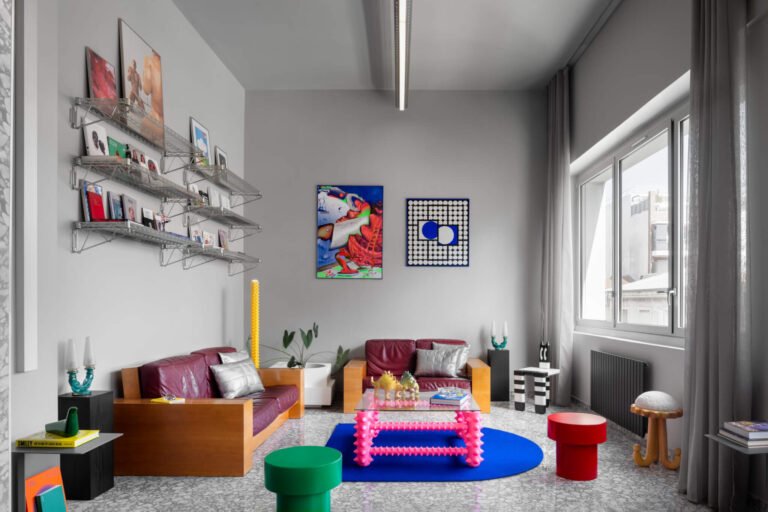The Loewe Foundation Announces Its Fifth-Annual Craft Prize Winner in Seoul
First-place recipient Jeong, who is based in South Korea’s Jeju Island, learned the 500-year-old art of horsehair weaving during a residency in 2017 organized by the Korea Craft & Design Foundation. “In the Joseon dynasty, this technique was used to make men’s hats,” she explains of the method, conducted with a needle and thread. “Now there are probably only four or five people in Korea who know how to do it.”
To bring the practice into the 21st century, she created labor-intensive vessels (this one took more than two months to make) that mimic the shapes of ancient ceramics. With an easy tap, she displays the malleable, kinetic nature of the ethereal work, which shimmers in the light as it wiggles from side to side.
“This is a very old tradition but in modern times it had disappeared, making me sad,” explains jury member Hongnam Kim, former director of the National Museum of Korea, Seoul, revealing that the vote for Jeong was nearly unanimous. “But this finalist came out of the blue with this unexpected work. For an old tradition to survive, we need to find its usage, its relevance in our contemporary life.”
The point is a central tenant of the craft prize, as Anderson adds, “It’s important to keep up these skills because they can tell us something about ourselves.” Plenty of the other finalists engaged with this idea of revitalization, too. Chikuunsai Tanabe, a fourth-generation Japanese bamboo weaver, showed an intricate, traditional vase alongside imagery of his site-specific sculpture installations. Marianne Huotari rethought traditional Finnish ryijy tapestries with ceramics, sewing tiny pieces of stoneware together to create a textural exterior for her sculpture, almost like fish scales.
Meanwhile, a handful of other artists were creating new crafts or materials of their own. Korean artist Junsu Kim created a vessel out of coiled strands of leather. Fredrik Nielsen from Sweden created blown- and cast-glass amalgamations mixed with car paint. And the London-based designers Blast Studio created their own machine (part of it came from a sausage maker) to 3D print using pulp from discarded coffee cups. “We try to use technology to help nature live with us,” explains Paola Garnousset, of their blue, 3D printed column which is designed to host plants or other living organisms.
Anderson calls such collaborations with technology “crucial,” explaining that, “right now man is trying to make a non-tactile future, which I think is strange when we are so rich in the idea of tactility.” To his mind, an insistence on tactility—and ultimately, craft—is the only way forward.



